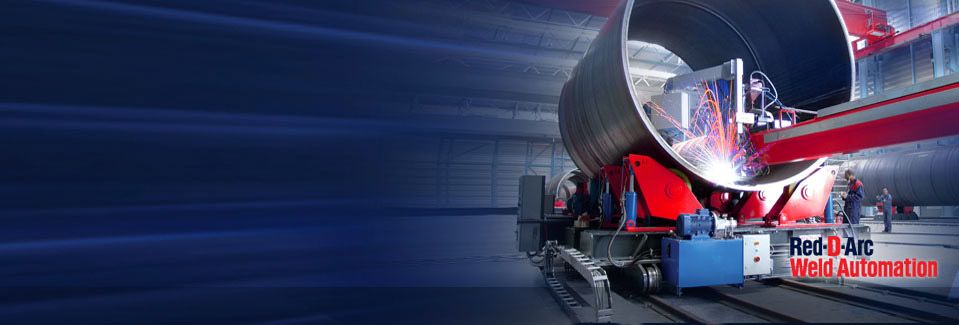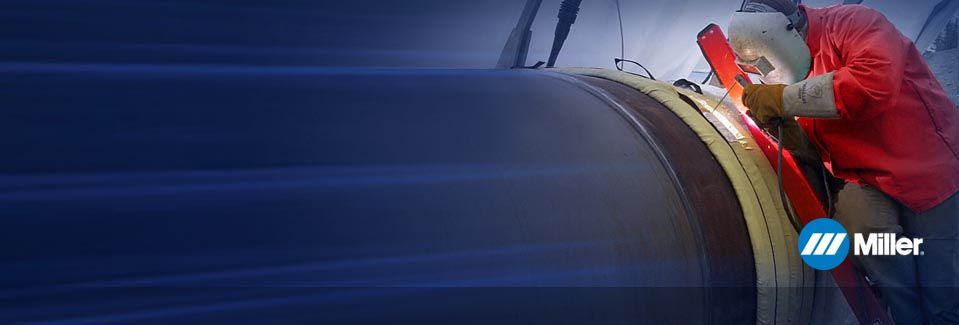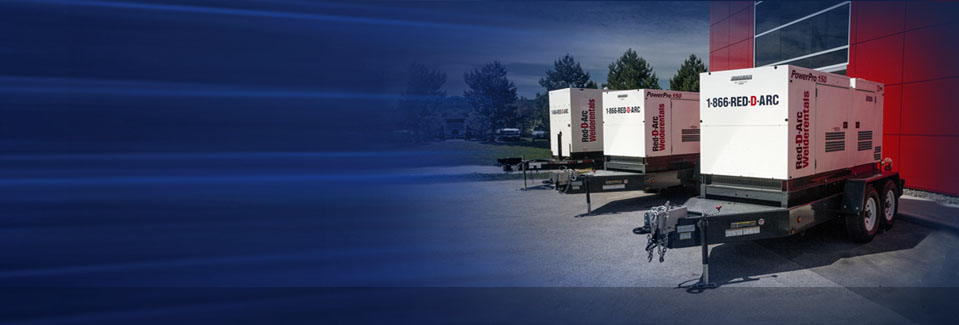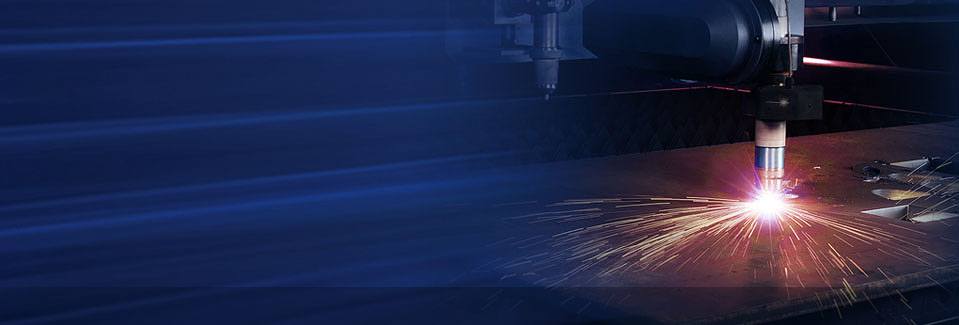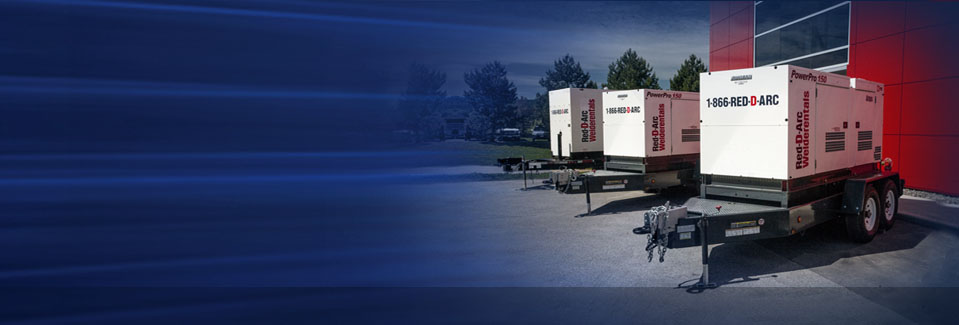Steel service centers and fabricators looking towards purchasing a new machine often ask this question-- Plasma Cutting or Oxy-fuel? The other frequently posed question is: should a particular part be cut with plasma or oxy-fuel? The confusion is limited to those working with mild steel as oxy-fuel fails to cut an aluminum or stainless plate; and the answer to the debate depends on various factors-- thickness, location, alloy, variety of work, cost, power resources, etc.
Comparing Plasma vs. Oxy-fuel -- Cutting Speed
Based singularly on cutting speed, plasma serves to be faster than an oxy-fuel torch, to an extent of 2.75 inches. The act of using two oxy-fuel torches makes the speed drop back to a thickness of 2 inches. In the comparison of a single plasma torch versus 4 oxy-fuel torches, oxy-fuel wins when it is at 1-1/8 inch and thicker. This shows that:
- A one inch cut-off with respect to plasma holds true if the parts are being cut with at least 4 different oxy-fuel torches at the same time;
- Plasma ranks higher on speed on anything that’s less than 3/4 inch thick, also with 4 oxy-fuel torches versus 260 Amps.
Comparison of Oxy-Fuel and Plasma-- Cost-Per-Inch
After taking all the costs associated with the two processes:
- Plasma: nozzles, shields, retainers, electrodes, baffles, oxygen, electricity, compressed air and torch coolant;
- Oxy-fuel: fuel gas, internal/external nozzles, and oxygen;
studies have shown that an oxy-fuel torch proves less expensive (per inch) than 450 Amp plasma; this is true for anything that’s above 2-5/8 inch of thickness. Cutting with 4 oxy-fuel torches is far less expensive (per inch) until a thickness of 3/4 inch.
Comparing Oxy-Fuel vs. Plasma--Cost-per-Part
When different part-sizes (with varying numbers of pierces) were considered for cost-per-hour of overhead and labor, the cross-over point of a 450Amp plasma vs. an oxy-fuel torch was found to be just a little less than 3” thick. However, if the plasma speed was doubled, the results were different.
Conclusion
For deciding whether a part should use a burning machine or a plasma cutter:
- Use plasma for all instances that have a production piercing capacity of 2 inches thickness.
- Use oxy-fuel for those materials that can be chain cut or are more than 1 inch thick (with 1 or 2 pierces), and are capable of being cut with a minimum of 4 oxy-fuel torches. Else, use plasma.
Hope this helps you find answers to the age old question. Do post your logic or comments speaking of your own experiences.





